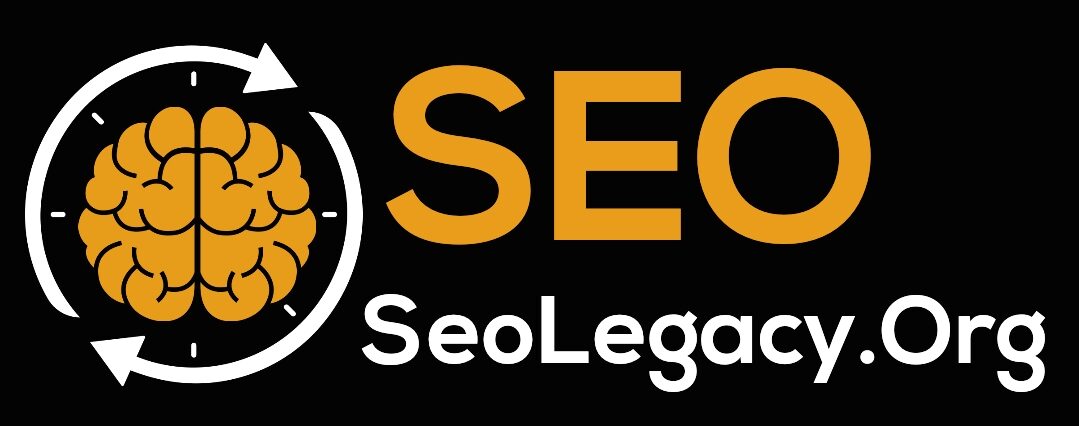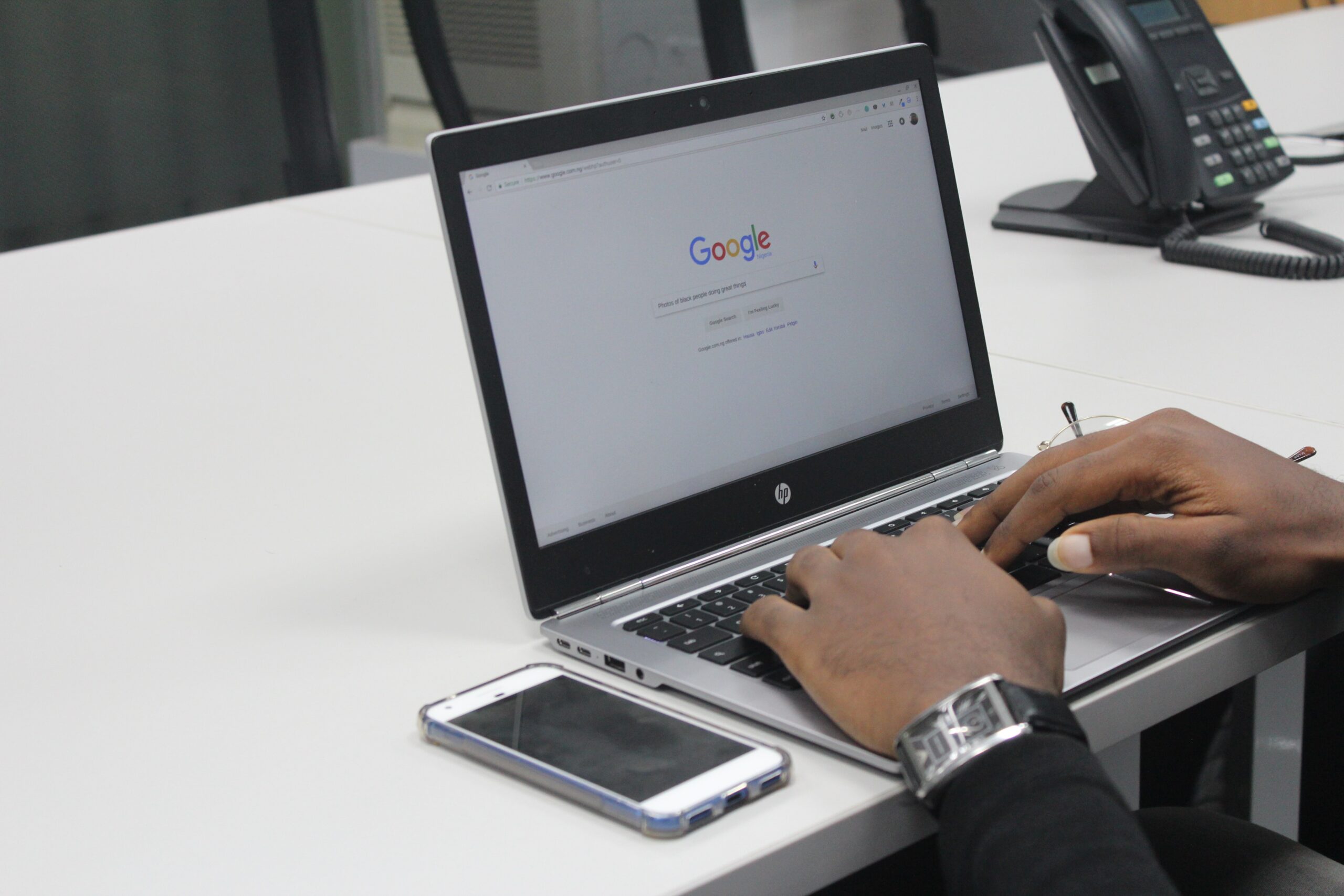Google update: User experience becomes a ranking factor through “Core Web Vitals”.
Google is constantly improving its algorithm, which sometimes has a serious impact on the respective rankings in the organic search query of a website. This in turn means for you and your company that you have to work with these changes in order not to fall off in the ranking. We would be happy to support you as SEO experts in all questions relating to the planned Google Core Update and your search engine optimization.
February 2022 – Core Web Vitals become a ranking factor in desktop searches
So far, the evaluation of the Google Core Web Vitals was primarily a factor for mobile searches. From February, the data will also be evaluated for the desktop search rankings. This means that the measured values LCP, FID and CLS that have already been communicated, as well as the use of SSL encryption, are also important for the desktop search. Logically, the inclusion of user-friendliness data on mobile devices does not play a role in this update.
Google itself has published a comparison of the factors of mobile search and desktop search:
Google Search Console report for desktop sites
As part of the updates, the Google Search Console has been expanded to include a dedicated desktop section in the site experience report. Similar to the report for the evaluation of mobile data that was made available at the beginning of 2021, the impressions of search results are compared with the number of pages that have been optimized or to be optimized.
Summer 2021 – tight timing of Google updates
The Google Core Update in June caused a lot of excitement due to major changes in the Google SERPs. However, some of the websites that gained tremendous rankings in a short period of time quickly fell back to where they were before.
However, as Google announced, the June update was just the beginning of this summer’s core updates. So, website owners remain excited to see how viewability and rankings change as the Page Experience update is fully complete and reveals its ultimate impact.
Google Core Update July 2021 officially completed
On July 12, 2021, Google officially confirmed the final completion of the July core update in a Twitter post. Google started doing this on July 1st, 2021. The duration of 12 days is therefore within the estimated period of 1-2 weeks that Google specifies for the implementation of core updates.
Website operators must now take stock
There was also a lot of movement in the Google rankings during the July update. With the completion of the update, the time has now come to analyze and evaluate the changes in the SERPS in more detail.
You must note the following:
Has your visibility increased or decreased?
Which keywords did you win and which lost?
Which subject areas and pages have seen major changes?
Based on this evaluation, you can evaluate your status quo as well as your outlook after the updates. Strong rankings should continue to be pushed. If you have identified problems, the evaluation offers you the opportunity to identify them and initiate appropriate measures.
This is the only way you can keep your rankings stable for the future and, at best, even improve them.
Google starts rolling out the Google Page Experience update
The long-awaited Google Core Update for evaluating the page experience with precisely defined core web vitals is now being rolled out. After the update was postponed from May to June, the first small changes can be observed. But those who are eagerly awaiting big descents and ascents in the search results will have to be patient. The Google update will not be fully completed until August 2021. So far, Google has not allowed itself so much time for an update.
What will happen now?
Google has scaled back the previously announced high relevance of the new ranking factors. They are now only described as “tiebreakers” and are only used if the evaluation of all other ranking factors is the same for several competitors. How often this case actually occurs remains to be seen. If you take into account that there are over 200 other ranking factors on the part of Google.
Despite this, you should not neglect the Web Vitals. Because one thing is also clear: Page loading time and usability have played a major role in your Google ranking for a long time and will continue to do so in the future.
“Core Web Vitals” – the uniform evaluation basis from Google
Like many Chrome dev tools, Google has developed over the years to check websites and focus on certain ranking factors – Pagespeed, Lighthouse and the Search Console to measure performance. But as a leading internet agency, we now know well enough that the user experience is an important priority for the search engine giant. In fact, Google’s performance expert Ilya Grigorik admits that the many different tools and metrics caused her problems. For this purpose, Google has now created a uniform rating system with these 3 “Core Web Vitals”.
From May 2021, Google will use these 3 criteria to evaluate your website – in addition to the four that already exist. These 7 criteria form the basis for Google’s assessment of how well visitors can access your website or online shop:
Largest Contentful Paint (LCP): Die Zeit für den gesamten Ladevorgang
2. First Input Delay (FID): Die Zeit bis zur Interaktivität
3. Cumulative Layout Shift (CLS):Visuelle Stabilität
4. Die Optimierung für Mobilgeräte
5. Die Sicherheit beim Surfen insgesamt
6. Die Sichere Datenübertragung mit einem SSL-Zertifikat
7. Der Einsatz von nicht userfreundlichen Werbebannern und Störern
Google Core Update in May 2021 “Page Experience” will strengthen Web Vital’s metrics
Because the focus is increasingly on the user. That’s why Google announced for 2021 that it would expand this even further. Now it’s all about LCP FID and CLS – hard and measurable key figures. With these 3 new Core Web Vitals, Google evaluates the experience of visitors to your website even more strongly after the core update. What does the site experience include? Google explains it like this:
What is Google’s intention for this update?
Google is constantly researching user behavior and it’s no secret that visitors actually prefer the websites that serve the user experience positively. The list of ranking factors that Google uses as a basis for the algorithm is constantly being expanded. Above all, page speed is still one of the most important factors for a positive user experience.
Why Google chooses page speed as a ranking factor is made clear by the following diagram: The majority of all pages (broken down by CMS here) load mediocre to poorly. Only a fraction of websites load quickly.
If your website or your online shop is generally well received by the user, your ranking will not drop so quickly. However, it is important to keep an eye on your user experience – this is the only way to improve your ranking after the Google Core Update.



